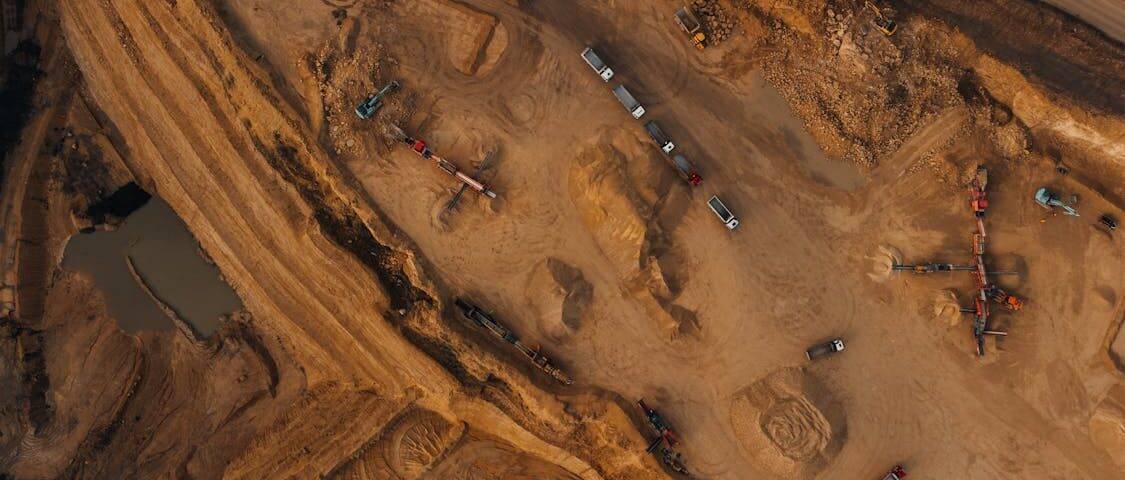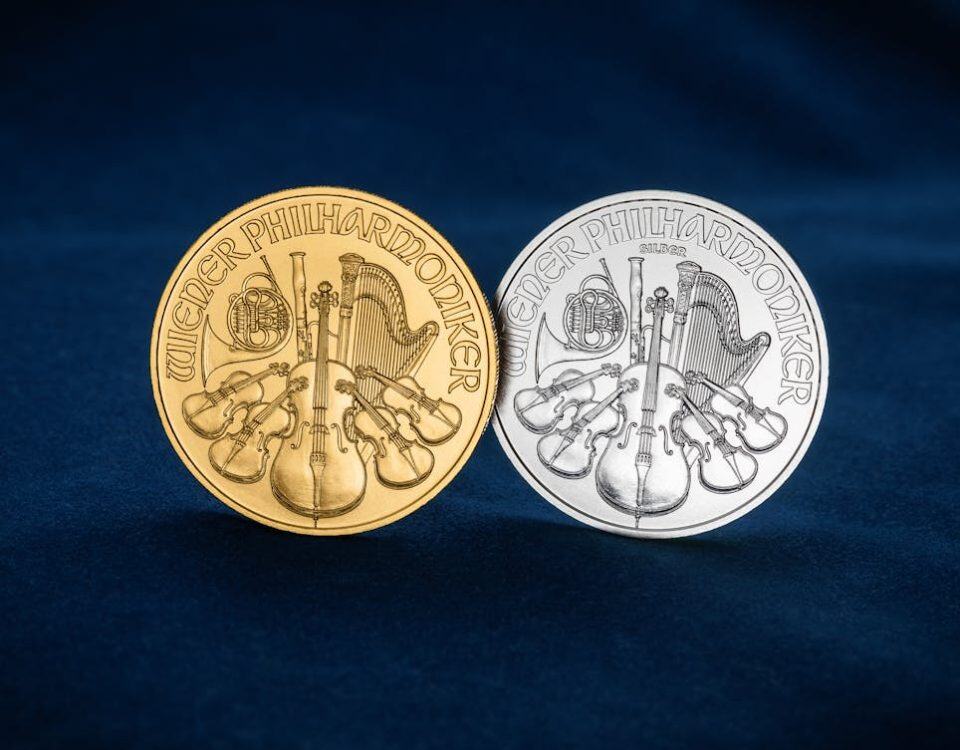
5 Reasons Epoxy Floors Are Easier to Maintain Than Others
June 4, 2025
5 Meaningful Ways to Prepare For Qurbani This Year
June 8, 2025Wetlands are unique ecosystems, teeming with biodiversity and playing crucial roles in flood control, water purification, and habitat preservation. However, conducting operations in these sensitive areas can pose significant challenges.
One of the essential tools for successfully managing equipment movements in wetlands is crane mats. These mats not only provide stability but also safeguard the environment. Let’s explore why crane mats are indispensable in wetland operations.
Understanding Crane Mats
Crane mats, also referred to as rig mats or swamp mats, are typically made from hardwood, composite materials, or a combination of both. Their primary purpose is to support heavy equipment, allowing for safe operations on soft or unstable ground.
In wetlands, where the ground is often saturated and muddy, crane mats serve as a solid foundation.
The design of these mats features a grid-like structure or solid planks, allowing for the distribution of weight over a larger area. This prevents sinking and ensures that machinery can operate efficiently without damaging the fragile soil structure.
Protecting Sensitive Ecosystems
Wetlands are sensitive environments; heavy machinery can easily disrupt the delicate balance of flora and fauna. Crane mats act as a protective barrier between equipment and the natural ground.
By spreading the weight of machinery, they reduce soil compaction and minimize damage to plant roots, which are vital for maintaining the ecosystem.
Moreover, the mats help prevent soil erosion and the release of pollutants that may be trapped in wetland sediments. This is particularly important when conducting construction or maintenance work near water bodies, as any disturbance can lead to contamination.
Easing Access and Mobility
Working in wetlands often means dealing with challenging terrain. Soft, muddy ground can impede the movement of heavy machinery, slowing down operations and increasing costs.
Crane mats provide a stable surface, allowing for smoother access and mobility.
Imagine trying to move a crane across a marshy area without any support. The likelihood of getting stuck is high, leading to costly delays and potential damage to the machine.
With crane mats in place, equipment can traverse wetlands more easily, facilitating quicker project completion and enhanced operational efficiency.
Versatility in Application
Crane mats are not just limited to one type of operation. These mats are versatile and can be used in various applications, ranging from construction to environmental restoration. In wetland operations, they are particularly useful for:
- Drilling and Construction: Whether it’s setting up drilling rigs or constructing bridges, crane mats create a stable platform for heavy equipment.
- Pipeline Installation: When laying pipelines, crane mats provide necessary support while protecting the wetland environment.
- Environmental Monitoring: Large machinery used for monitoring or assessing ecological health can operate on crane mats without causing significant disruption.
This versatility makes crane mats a valuable asset in diverse wetland projects, ensuring safety and efficiency.
Cost-Effectiveness
Investing in Crane Mats may seem like an additional expense, but their long-term benefits often outweigh the initial costs. By preventing equipment damage and reducing project delays, these mats can save money in the grand scheme.
Moreover, the cost of repairing environmental damage can be astronomical. By using crane mats, companies can mitigate the risk of such expenses, protecting both their bottom line and the ecology of wetlands.
It’s a wise investment that pays dividends in multiple ways.
Enhancing Safety

Safety is paramount in any operation, especially when working in challenging environments like wetlands. Crane mats create a safer working environment by providing stable, slip-resistant surfaces.
This minimizes the risk of accidents caused by equipment tipping or sinking into the mud.
Furthermore, crane mats prevent injuries related to uneven terrain. Workers can move confidently, knowing that the ground beneath their feet is solid.
With fewer accidents, companies can enjoy a more productive and efficient worksite.
Easy Installation and Removal
Another benefit of crane mats is their ease of installation and removal. Often, these mats can be laid down quickly, allowing operations to commence without extensive groundwork.
This can be particularly advantageous in wetland settings, where time is of the essence, and disturbances should be kept to a minimum.
When the job is complete, removing crane mats is just as straightforward. This efficiency helps keep projects on track and minimizes the operational footprint in sensitive areas.
Environmental Responsibility
Operating in wetlands comes with a responsibility to protect the environment. Companies that invest in crane mats demonstrate their commitment to sustainable practices.
By minimizing damage to the land and preserving natural habitats, these organizations can build a positive reputation within the industry.
Using crane mats promotes environmental stewardship, showing that it’s possible to conduct operations responsibly. This commitment can also enhance relationships with local communities and regulatory agencies, fostering goodwill and support for future projects.
Compliance with Regulations
Many regions have strict regulations regarding wetland operations. Using crane mats can aid compliance with these laws, as they help protect sensitive areas from potential harm.
Regulatory bodies often look favorably upon measures that mitigate environmental impact. By implementing crane mats, companies demonstrate their dedication to adhering to guidelines.
This can make the permitting process smoother and quicker, allowing for timely project commencement.
Customization Options
Crane mats come in various sizes and materials, allowing for customization based on specific needs. Whether a project requires lightweight mats for minimal disruption or heavier-duty options for substantial loads, there’s a solution for every scenario.
This adaptability means companies can select mats that align with their project requirements and environmental considerations. It’s not a one-size-fits-all scenario; organizations can tailor their approach based on the unique challenges of their operations.
The Role of Technology
Advancements in technology have also influenced the design and functionality of crane mats. New materials and manufacturing processes have led to the development of lighter, stronger, and more durable mats.
Some modern crane mats even feature integrated systems to monitor weight distribution and stability. This tech-savvy approach enhances safety and performance, demonstrating how innovation can support environmental and operational goals.


